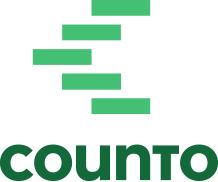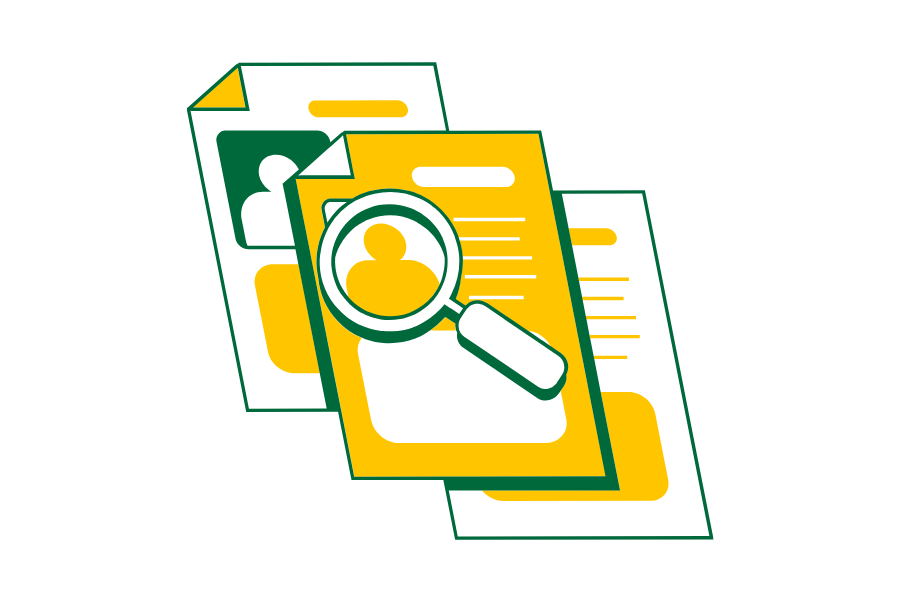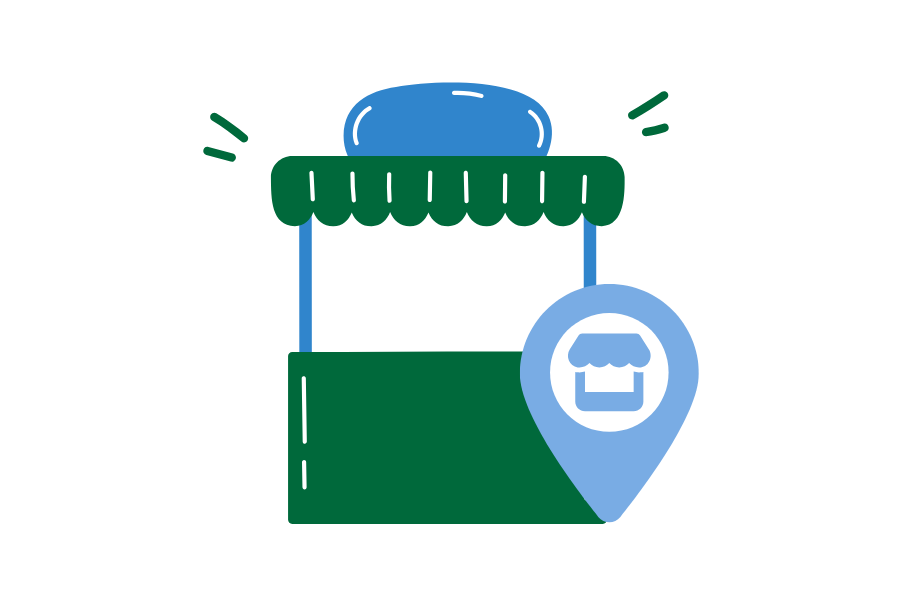Managing a Multi-Generational Workforce in Singapore
Walk into any SME office or workshop in Singapore in 2025, and you’re likely to see something unique: team members from four or even five generations working side by side.
From fresh grads in their 20s to experienced employees in their 60s and beyond, today’s workforce spans a broader age range than ever before — especially with Singapore’s retirement and re-employment ages rising.
This diversity comes with both challenges and major upside. When managed well, it’s not just about avoiding friction — it’s about building stronger teams that combine deep experience with fresh thinking. Managing everything from communication styles to payroll expectations across generations is part of creating a supportive, efficient workplace.
Here’s how small business owners can manage and motivate a multi-generational team — and turn age diversity into a business advantage.
Why Age Diversity Is Rising — and Why It Matters
By 2030, nearly one in four Singaporeans will be over 65. But many are choosing (or needing) to stay in the workforce longer — thanks to rising re-employment ages and evolving financial needs.
At the same time, Gen Z workers (born after 1997) are now fully in the workforce, bringing with them digital fluency, new communication styles, and different career expectations.
In a typical SME, this means you may have:
- Employees who prefer WhatsApp voice notes working with those who stick to emails
- Veterans with decades of operational wisdom alongside juniors who know the latest AI tools
- Team members balancing school runs with those planning for retirement
Rather than managing around these differences, successful SMEs manage through them — with intention.
1. Create Mentorship That Goes Both Ways
Mentorship is often seen as older workers guiding younger ones. But in today’s teams, reverse mentorship can be just as powerful.
What to implement:
- Pair experienced staff with younger team members for mutual learning
- Let seniors share industry or process knowledge
- Let juniors offer guidance on digital tools, automation, or customer trends
This approach respects everyone’s strengths and builds cross-generational trust — not hierarchy.
2. Offer Flexible Work That Reflects Life Stages
Different age groups often have different personal and family commitments. A flexible approach to scheduling isn’t just nice to have — it’s a smart way to retain talent across generations.
Consider:
- Allowing staggered start times or remote options
- Offering compressed workweeks or part-time roles for older employees
- Supporting younger staff with flexible study or caregiving arrangements
Flexibility is no longer just a Gen Z preference — it’s a workforce-wide expectation.
✅Payroll giving you headaches? From calculations to tax deposits, our in-house team handles everything. See how we simplify payroll here.
3. Use Communication Channels That Work for Everyone
Communication can easily become a point of tension — not because people disagree, but because they’re working in different “modes.”
Best practice:
- Use a mix of communication formats: digital (Slack, Teams, WhatsApp), in-person meetings, and emails
- Be clear about when and how to use each channel (e.g. urgent matters via chat, policy updates via email)
- Avoid relying too heavily on informal, mobile-only tools that exclude less tech-savvy team members
Inclusivity in communication = fewer misunderstandings and stronger teamwork.
4. Make Recognition Age-Neutral
People want to feel valued — regardless of age or role. But what feels meaningful varies.
Tips:
- Recognise contributions in different ways: team shoutouts, thank-you lunches, or quiet one-on-one appreciation
- Don’t assume older employees only want long-service awards — they want meaningful challenges too
- Don’t assume younger staff only want ping-pong tables — many want growth, mentorship, and autonomy
Tailor recognition to people — not stereotypes.
5. Watch for Bias, Even Unintentional
Age bias often goes unspoken — but it can quietly affect who gets hired, promoted, or included.
Guard against this by:
- Reviewing hiring and promotion processes to ensure fairness
- Avoiding generational labels (e.g. “Boomers hate tech” or “Gen Z doesn’t commit”)
- Asking for feedback across age groups when making workplace policy changes
The most inclusive teams are the ones that assume everyone has something to contribute — and make space for it.
Summary
Managing a multi-generational workforce isn’t about avoiding conflict — it’s about tapping into a wider range of strengths. When SME owners take age diversity seriously, they often find themselves with:
- Deeper institutional knowledge
- More creative problem-solving
- Stronger mentorship pipelines
- Better adaptability across markets and technologies
In 2025, building a strong team means building a multi-generational one — with structure, empathy, and strategy.
Complete Payroll Management Service
Don’t let payroll complexity slow you down. Our team handles everything—from employee payments to tax deposits and filings. We manage compliance deadlines, calculate withholdings, and ensure timely payments. Plus, your payroll seamlessly syncs with your books.
Unlike firms that outsource to third-party providers, we handle your payroll in-house. Get expert support and direct access to your Customer Success Manager via SMS for any questions.
Ready to get started? Chat with us now, email [email protected], or use our contact form.
Here are some articles you might find helpful:
Embracing Industry 4.0 in Singapore: Automation Opportunities for Small Manufacturers
Freelancers vs Full-Time Staff in Singapore: What’s Right for Your SME in 2025?







